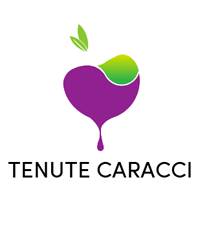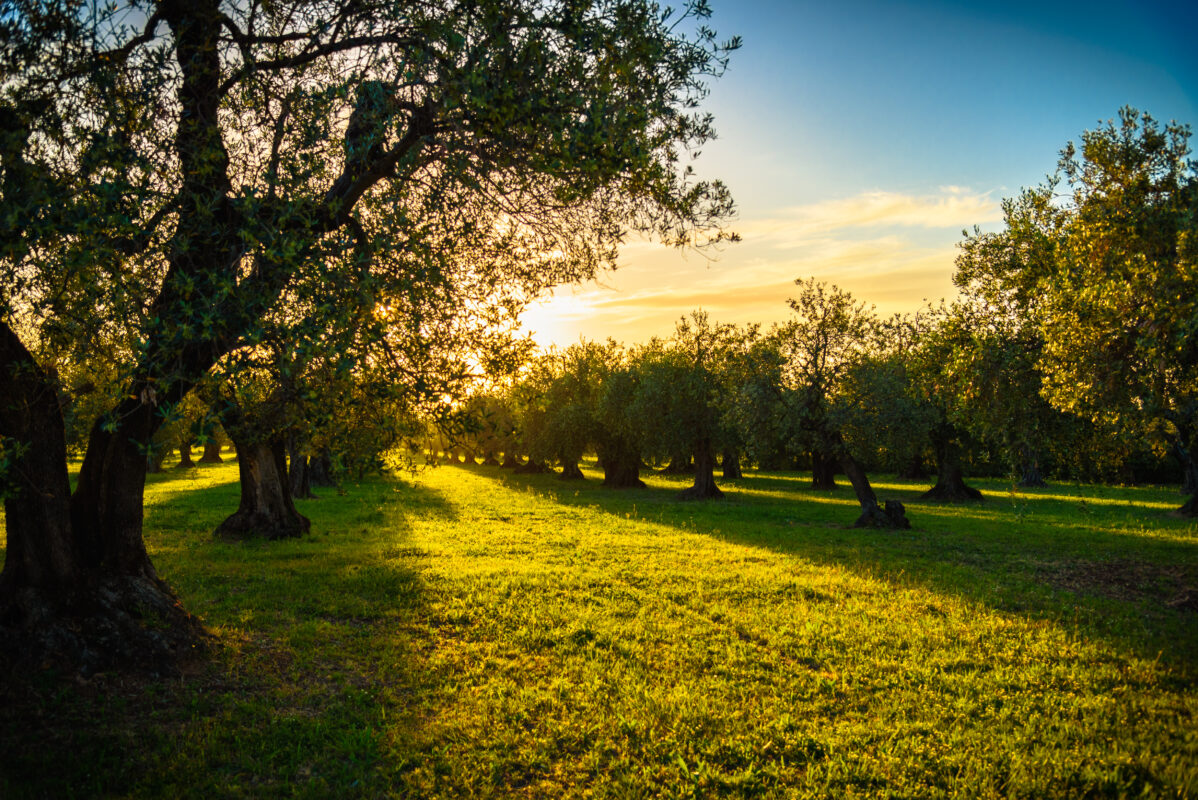D.O.P. Oil
The ‘Sardine Method’ Technique: A Natural Pesticide for the Olive Grove
The Sardine Method: A Natural and Sustainable Approach to Protect Olive Groves
Olive farming is a cornerstone of Mediterranean agriculture, but olive groves are often vulnerable to pest attacks that threaten the quality and quantity of the harvest. In response to this challenge, the search for natural and eco-friendly methods to protect plants has revived ancient agricultural techniques. One such method is the “sardine method,” a natural pesticide that uses the organic properties of sardines to protect olive trees from key pests, such as the olive fly.
What is the Sardine Method?
The “sardine method” involves using fresh or dried sardines to create an olfactory trap that distracts pests from the olive trees. This technique has its roots in ancient farming practices, when farmers utilized available natural resources to protect their crops without resorting to chemical substances. The principle behind the method is simple: sardines are hung on the trees or buried near the roots, and their smell attracts insects, diverting them from the olive fruits, thus reducing the damage caused by pests.
How Does the Sardine Method Work?
Sardines emit a strong odor during the decomposition process, which attracts pests away from the olive trees. This odor has a dual effect: on one hand, it attracts insects like the olive fly, preventing them from laying eggs on the fruits; on the other hand, the unpleasant smell also acts as a deterrent for some predators of the olive trees. The method is particularly effective against the olive fly (Bactrocera oleae), one of the most feared pests among olive farmers, as the larvae of the fly can ruin the entire harvest.
The method’s effectiveness depends on its proper application. Sardines can be hung on trees in mesh bags or buried near the roots. It is important that the sardines are fresh and in sufficient numbers to cover the entire olive grove. Typically, one sardine is placed every 5-10 meters, depending on the tree density and the severity of the infestation.
Benefits of the Sardine Method
- Natural and Sustainable: The sardine method does not use harmful chemicals, making it an eco-friendly and safe choice for the soil and plants. This sustainable approach aligns with modern organic farming practices.
- Cost-Effective: Sardines are a readily available and low-cost material, particularly in coastal areas where fishing is a common activity. Compared to chemical pesticides, the sardine method offers an economical alternative for pest management.
- Easy to Apply: It requires no special equipment or technical expertise. Farmers can easily integrate this practice into their cultivation system without making significant changes to their operations.
- Reduces Environmental Impact: Using sardines avoids soil and groundwater contamination, a common issue with chemical pesticides. Moreover, it does not disturb beneficial wildlife, such as bees and other pollinators.
- Improves Soil Fertility: During the decomposition process, sardines release nutrients into the soil, helping to improve soil fertility and promoting plant growth.
Limitations and Considerations
Despite its many advantages, the sardine method has some limitations. The primary downside is the odor, which can be unpleasant even for humans and may attract unwanted animals, such as dogs and cats. Additionally, the method’s effectiveness can vary depending on climatic conditions and the severity of the infestation. In more severe cases, it may be necessary to combine the sardine method with other biological control strategies to achieve optimal results.
Furthermore, it is not always possible to control the release of odors precisely, which could result in reduced effectiveness if the sardines are not placed correctly. It is crucial to monitor the olive grove regularly and adjust the number and position of the sardines based on specific needs.
Conclusion
The sardine method represents both an innovative and traditional solution, combining sustainability and effectiveness in the fight against olive pests. Although this technique is not widely known, it offers olive farmers a natural and environmentally friendly way to protect their crops. While there are some challenges, with the right application, the sardine method can become a valuable ally in managing olive groves, helping to ensure a healthy and abundant harvest.


